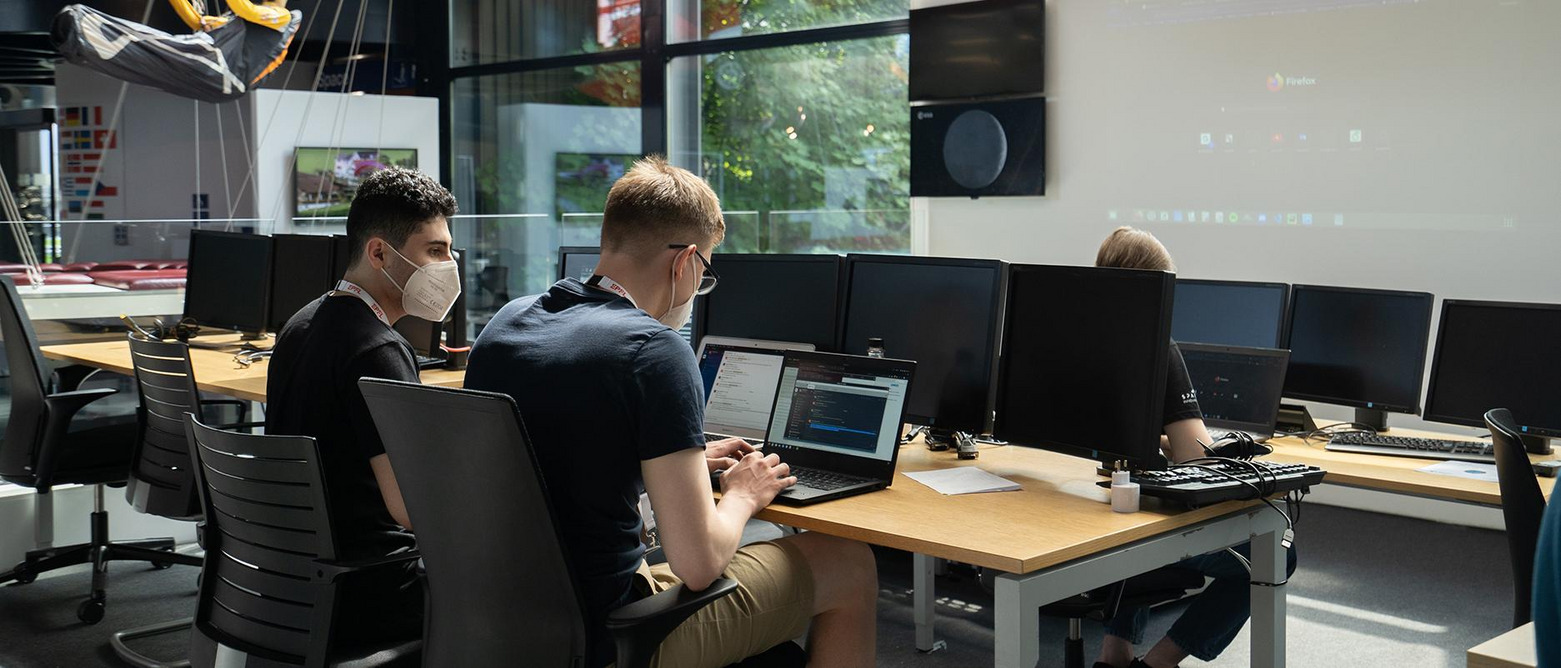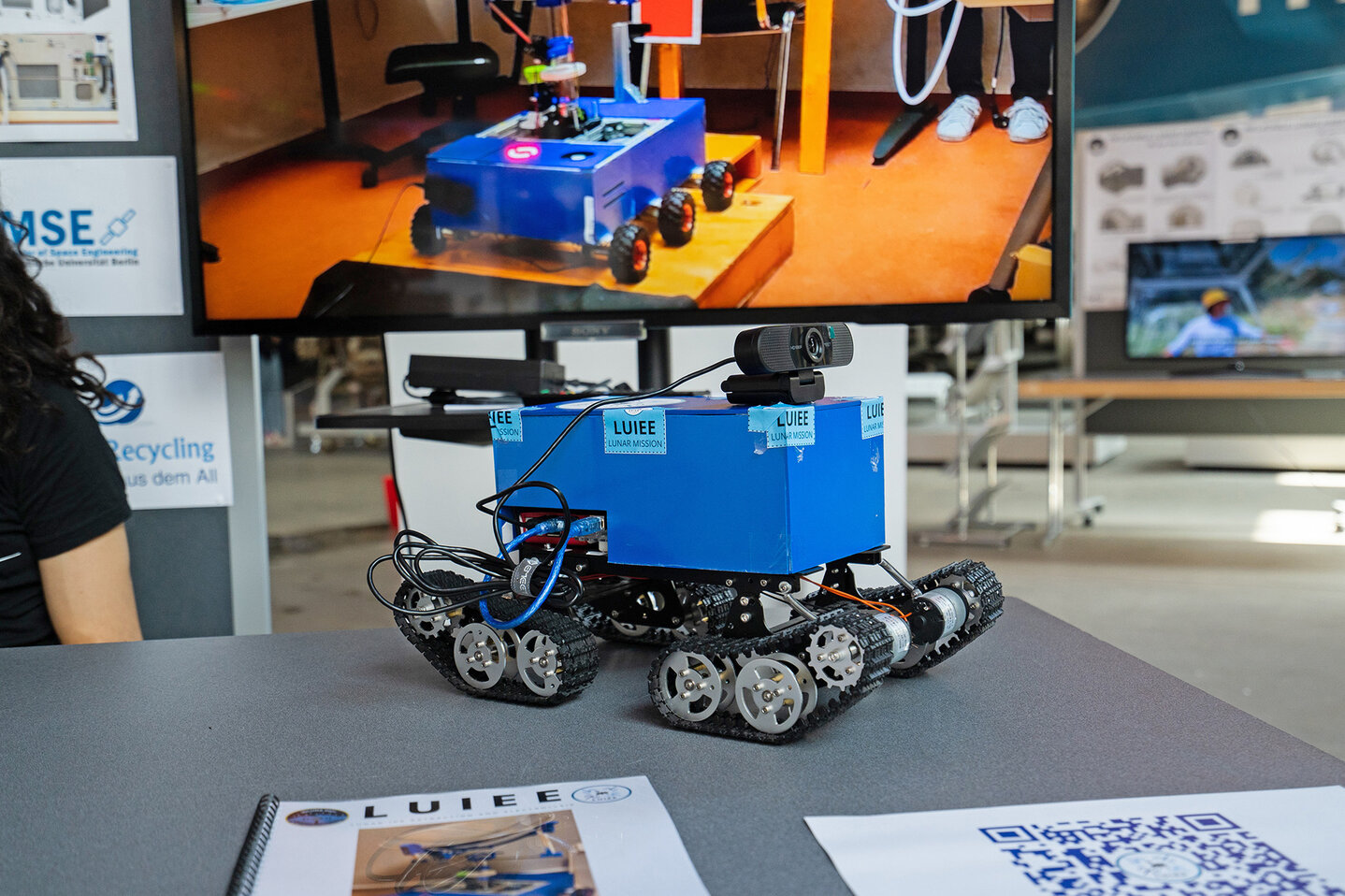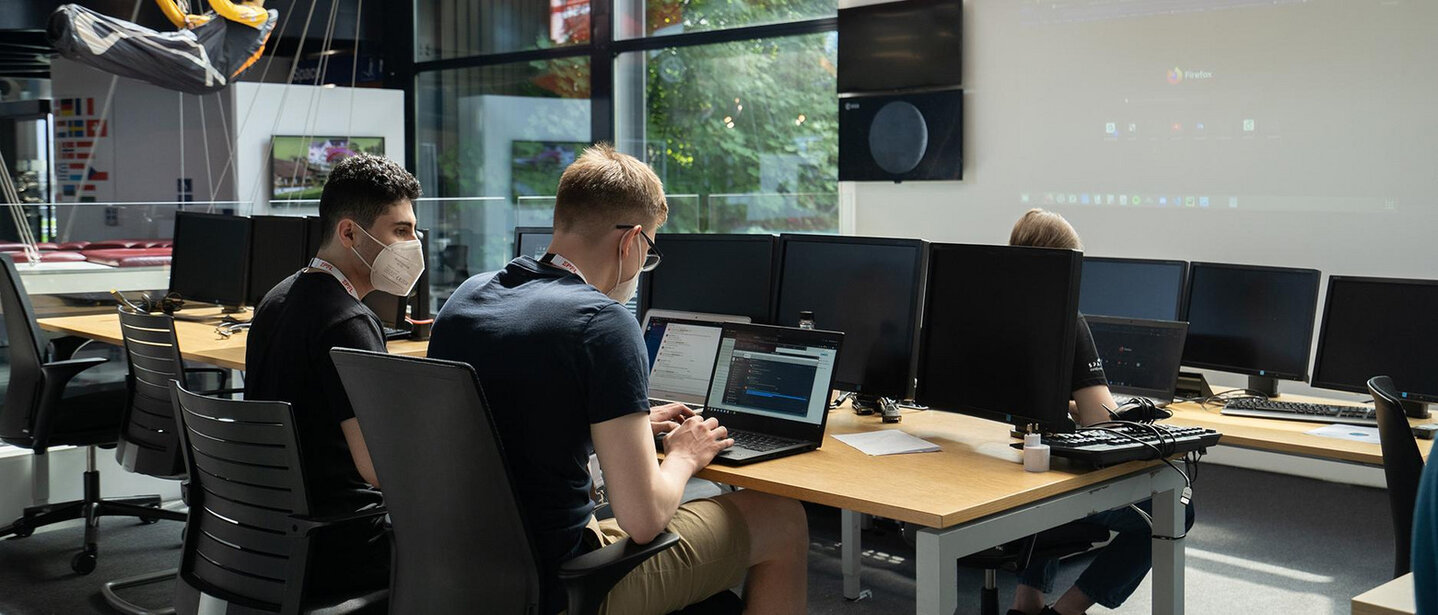
How could people live and work permanently on the moon? As part of the IGLUNA 2021 research program, students from universities in nine countries presented and tested their ideas at the Swiss Museum of Transport.
From Damian Amstutz
Permanent settlements are soon to be established on the moon. More than 220 students from twelve universities in Europe and Canada have developed their own technologies for this purpose as part of the interdisciplinary research program IGLUNA 2021. These were tested and presented to the public from July 16 to 25, 2021. Pilatus served as the moon. The experiments placed on Kulm and Krienseregg were remotely controlled from a control center in the Swiss Museum of Transport.
Robot grows vegetables
An exhibition in the museum also provided information about the individual projects. On display was an inflatable habitat that - placed in a lava cave under the surface of the moon, for example - would be a safe place to live. Machines and rovers were also presented that would enable the use of moon dust for the production of building materials or the detection and processing of any water ice that may be present. This would reduce the number of supply flights from Earth. Facilities for robotized vegetable cultivation are also intended to help the inhabitants of the moon become self-sufficient.
One of the highlights of IGLUNA 2021 was a lecture by German astronaut Thomas Reiter in the Swiss Museum of Transport's film theater. Afterwards, a handprint was taken of him, which - like the prints of other astronauts - will be integrated into the space exhibition. IGLUNA has been held annually since 2019 by the Space Innovation Competence Centre of EPF Lausanne and ETH Zurich in collaboration with the European Space Agency ESA. It is not yet clear whether the program can be continued due to uncertain funding.

